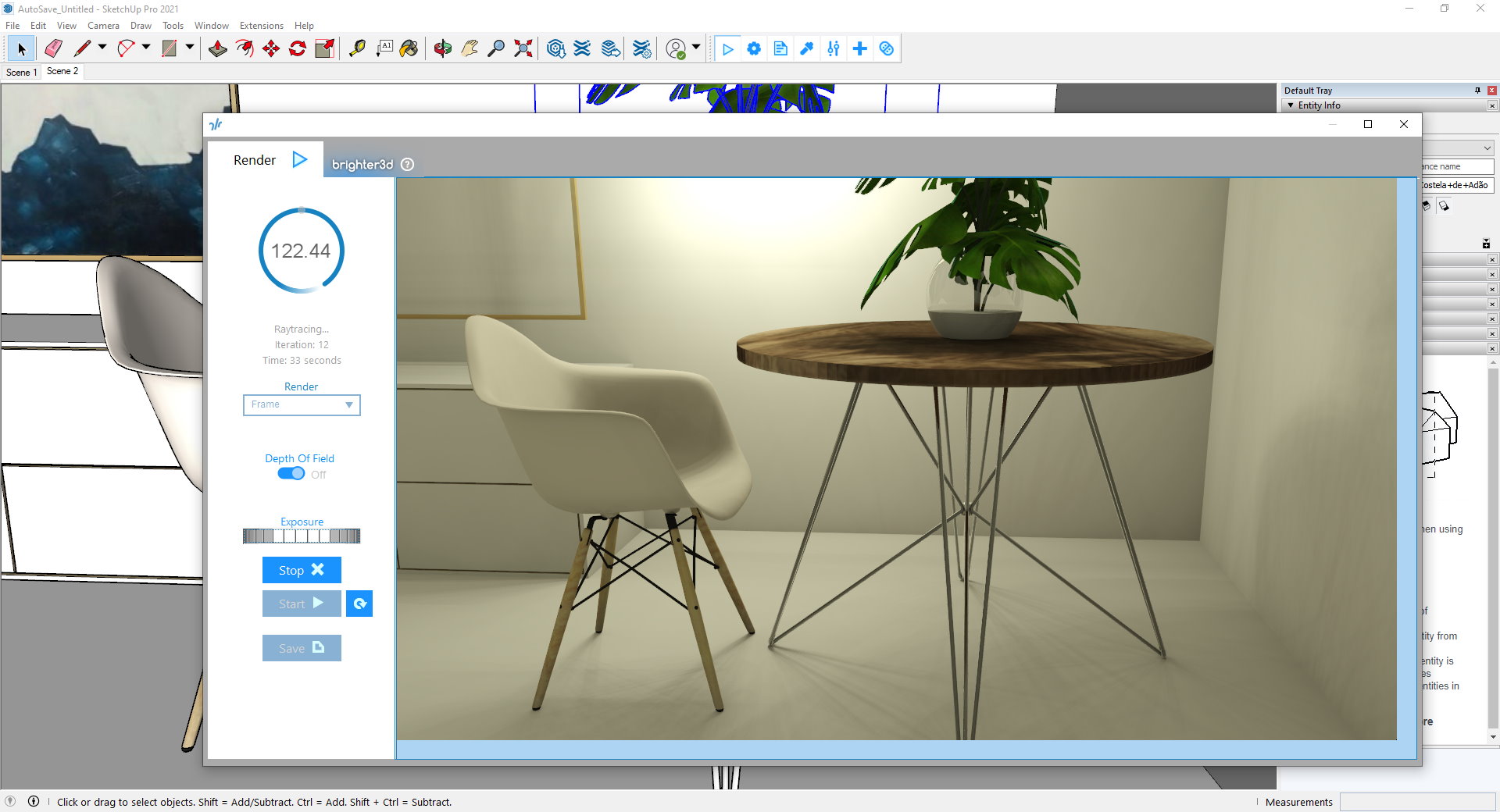

- #BRIGHTER 3D VERSION FOR MAC 720P#
- #BRIGHTER 3D VERSION FOR MAC PORTABLE#
- #BRIGHTER 3D VERSION FOR MAC PRO#
It’s a real boon for admin work and reading – it makes the screens much more pleasant to use. However, it’s rated at 400 nits, and doesn’t include P3 wide colour gamut support.Īll three displays include Apple’s True Tone technology, which alters the white point of the screen to match the ambient lighting of the room you’re in, to be easier on the eye, so you don’t get the ‘blue-tinted screen in an orange-lit room’ effect. The MacBook Air includes a 13-inch display too, again with a resolution of 2560x1600 and at 226PPI. Both of these displays are rated for 500 nits of brightness (Apple offers no official HDR certification or support for them, incidentally), and include support for the P3 colour gamut.
#BRIGHTER 3D VERSION FOR MAC PRO#
The 13-inch MacBook Pro has exactly the same pixel density of 226PPI, but the smaller size means a resolution of 2560x1600. It has a resolution of 3072x1920, which is 226 pixels per inch. The MacBook Pro 16-inch gives you the most space to work, whether you want (just about) enough space to have a couple of apps side-by-side, or because you want the biggest canvas available with room for palettes and so on. MacBook Pro vs MacBook Air: DisplayĪpple’s laptops have quite similar displays currently, with three key differences: brightness, colour gamut and (of course) size. The MacBook Air also has very capable new stereo speakers, but the same thing applies – they're nice to have, but pros won’t want to rely on them. Again, pros will surely have their own monitors or headphones they prefer to use, but Apple’s engineering deserves kudos. The MacBook Pro 16-inch also has some seriously impressive speakers, using a force-cancelling woofer configuration. We’re not sure that will wash with the podcast or music producers among our audience, but for video conferencing or just recording demo work, it's certainly better than average. The 16-inch MacBook Pro also includes a three-mic array that Apple describes as “studio quality”.
#BRIGHTER 3D VERSION FOR MAC 720P#
It's not the huge extra drag that a big laptop was back in the day, but you will feel that extra weight in your bag.Īll of the laptops include Apple’s 720p HD webcam, which is not great compared to what the competition often offers these days, but does the job. The 16-inch MacBook Pro is notably heavier at 2kg/4.3lbs, though it’s worth noting that we’re talking a weight difference of 600g.

The MacBook Pro 16-inch gives you a big, reasonably high-res screen with great colour accuracy and an even backlight. When choosing between these two, focus on features and price rather than size and weight.
#BRIGHTER 3D VERSION FOR MAC PORTABLE#
As we mentioned, the MacBook Air is lower volume than the MacBook Pro, and that does make it more portable in practice than the 13-inch MacBook Pro, but the difference isn’t big. It’s a similar story for thickness: the Air is just 0.41cm/0.16in deep at its thinnest point, but at its thickest is 1.61cm/0.63in, which is thicker than the 1.56cm/0.61in of the 13-inch MacBook Pro. However, the 13-inch MacBook Pro is only 1.4kg/3.1lbs, so we wouldn’t recommend focusing on weight as a reason to get the Air. The tapered design of the MacBook Air means it has the smallest volume, and it’s the lightest at just 1.29kg/2.8lbs. The MacBook Air is the most portable the 13-inch MacBook Pro delivers power in a small footprint and the 16-inch MacBook Pro is the hefty, high-spec choice.

The MacBook Air has a slim, tapered design (Image credit: Apple)Īpple’s design of all these machines has been subtly revised over the years, but not drastically changed, and they look fairly similar.


 0 kommentar(er)
0 kommentar(er)
